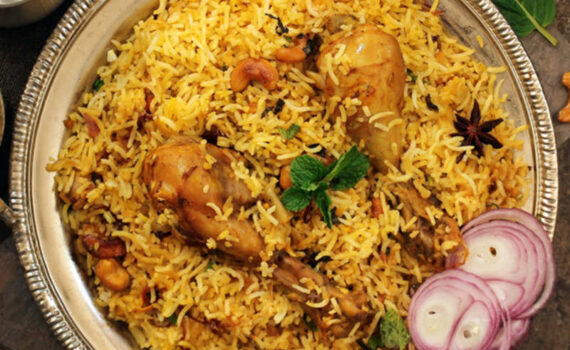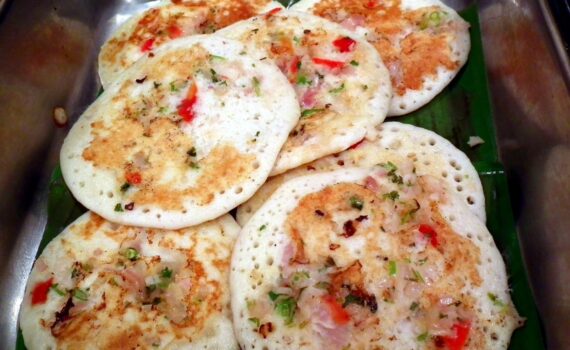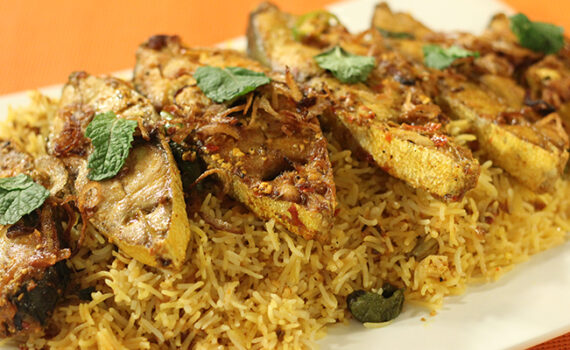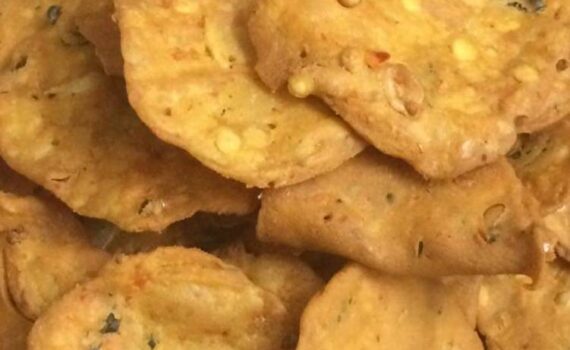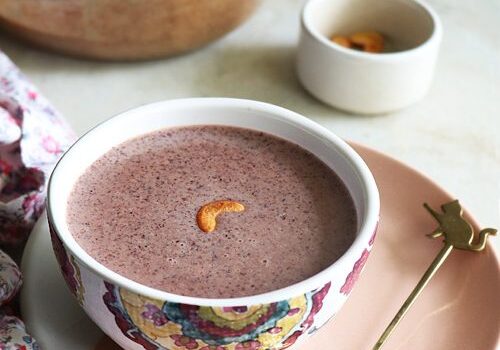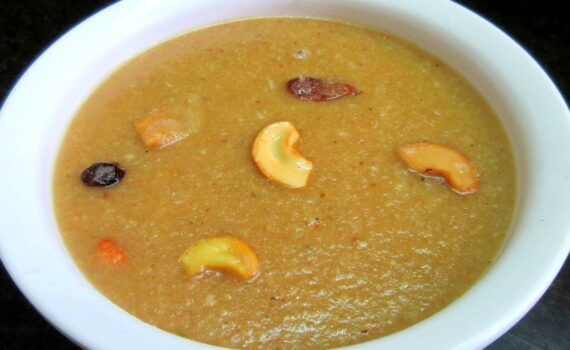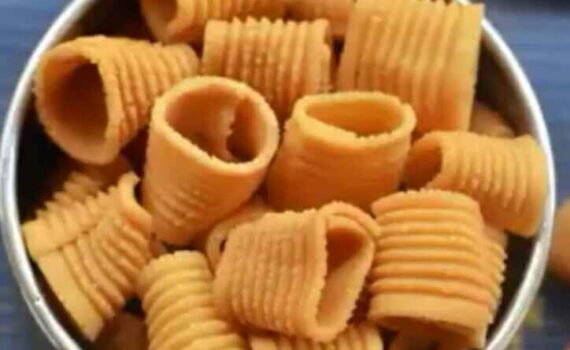
CHETTINAD SEEPU SEEDAI RECIPE
Category : Samayal Contract
INGREDIENTS
- 2 cups homemade rice flour We can also use shop-bought rice flour.
- 1 cup – 250ml 12 cup Urad Dal
- 1 tbsp. butter 1 tsp. salt
- 1 cup thin coconut milk
- 2 CUP OIL FOR DEEP FRYING
INSTRUCTIONS
PREPARING URAD DAL FLOUR
- Fry Allow the roasted urad dal to cool after it has been dry roasted.
- Grind the roasted dal to a fine powder.
- 1/2 cup roasted and ground urad dal powder, sieved to ensure smooth urad dal flour with no lumps
PREPARING SEEPU SEEDAI DOUGH
- Mix the sieved urad dal flour, rice flour, butter, and salt in a mixing dish.
- Then, little by little, add the coconut milk and carefully mix it into a smooth dough.
SHAPING SEEDAI
- Take the Seepu Seedai mould and press. Oil the inside of the achu. Close the achu with the lid and add 2-3 fistfuls of the seepu seedai dough.
- Take a clean chopping board, squeeze the press and mould, and make long strips on the chopping board. Then, using a fork, cut the long strips into 2′′ long little strips.
- Then, for each little strip, attach the ends to form a cylinder. Repeat with the remaining dough.
DEEP FRYING
- In a skillet, heat the oil. When the oil is hot, put a pinch of dough into it to test its readiness; if the pinch of dough rises fast in the oil, the oil is ready. Keep the flame on medium and gently drop the seepu seedai that we rolled earlier in step 7.
- Deep-fried each batch of seedai till golden brown and crunchy.
SERVING
The crunchy and delectable Seepu Seedai is ready! Enjoy the tasty snack after storing it in an airtight container!
